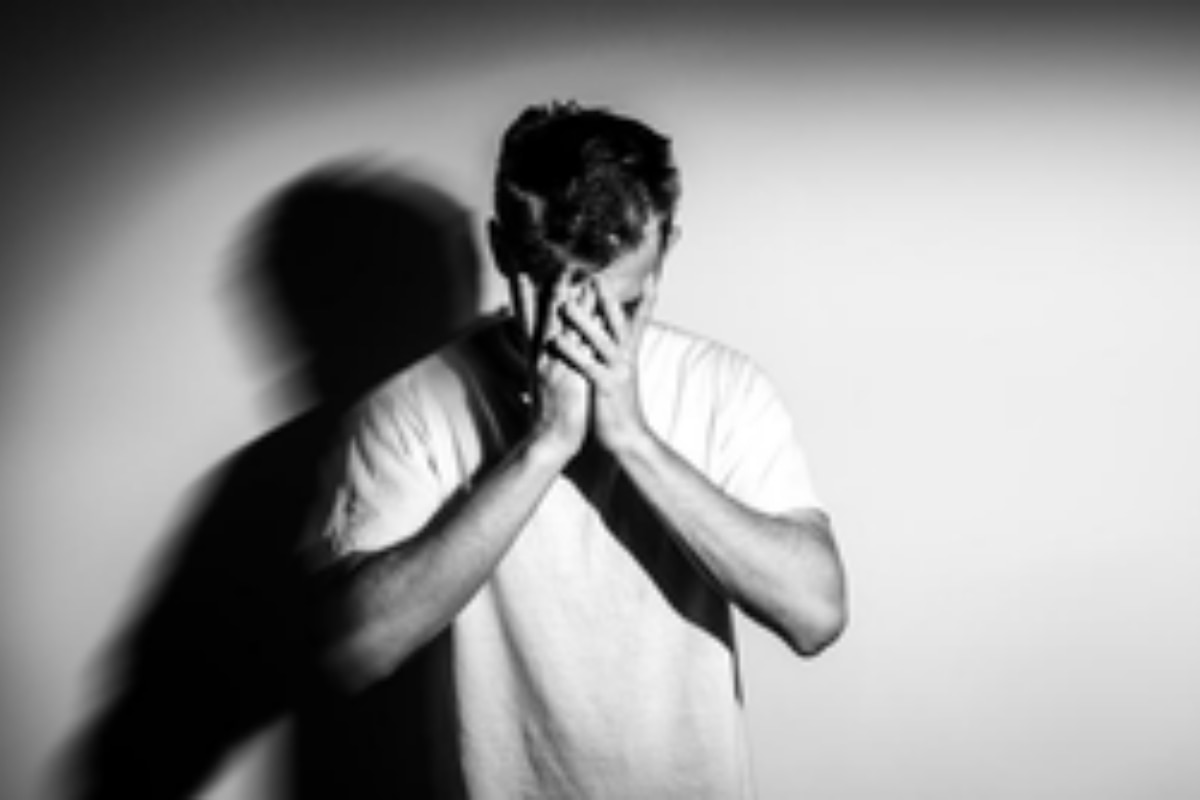The tool can classify MRI brain scans into those who are healthy and those at risk of a psychotic episode.
Tokyo: An international team of researchers have developed a machine-learning (ML) tool to predict the onset of psychosis.
The tool can classify MRI brain scans into those who are healthy and those at risk of a psychotic episode.
The team led by researchers from the University of Tokyo, used the classifier to compare scans from over 2,000 people from 21 global locations.
About half of the participants had been identified as being clinically at high risk of developing psychosis.
Using training data, the classifier was 85 per cent accurate at differentiating between people who were not at risk and those who later experienced overt psychotic symptoms. Using new data, it was 73 per cent accurate.
The work has been published in Molecular Psychiatry.
“At most only 30 per cent of clinical high-risk individuals later have overt psychotic symptoms, while the remaining 70 per cent do not,” said Associate Professor Shinsuke Koike from the Graduate School of Arts and Sciences at the University of Tokyo.
“Therefore, clinicians need help to identify those who will go on to have psychotic symptoms using not only subclinical signs, such as changes in thinking, behavior and emotions, but also some biological markers.”
This tool could be helpful in future clinical settings, as while most people who experience psychosis make a full recovery, earlier intervention typically leads to better outcomes with less negative impact on people’s lives.
Anyone might experience a psychotic episode, which commonly involves delusions, hallucinations, or disorganised thinking. There is no single cause, but it can be triggered by illness or injury, trauma, drug or alcohol use, medication, or a genetic predisposition.
Although it can be scary or unsettling, psychosis is treatable and most people recover.
As the most common age for a first episode is during adolescence or early adulthood, when the brain and body are undergoing a lot of change, it can be difficult to identify young people in need of help.

